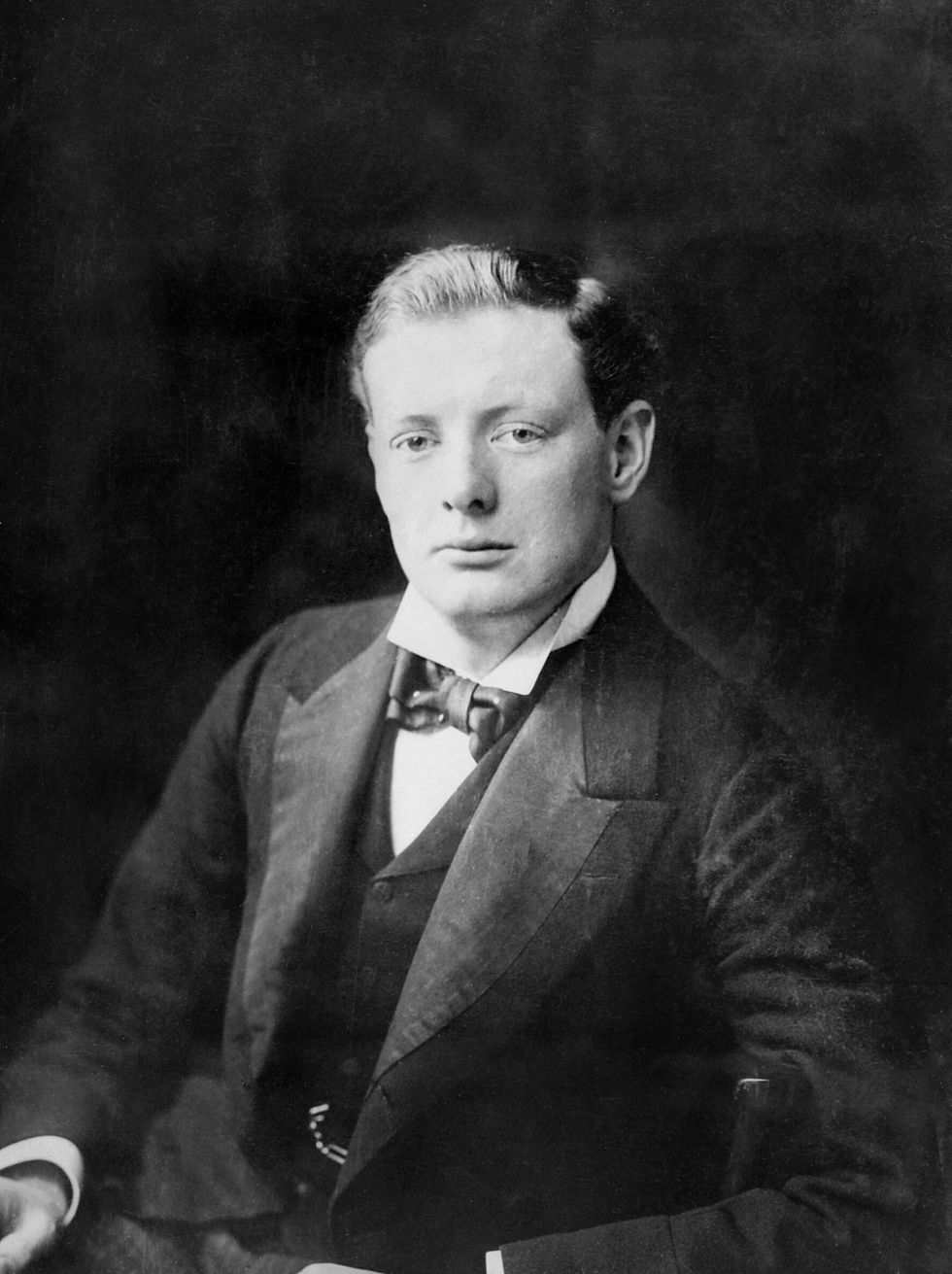Churchill Style—Victorian Elegance Meets Modern Branding, Part I
- vintagecool
- Feb 6, 2016
- 3 min read

Winston Churchill.
He was admired and abhorred, loved and loathed, with equal vehemence by millions in his own lifetime and beyond. He has been a lightning rod for both acclaim and antipathy for more than 100 years.
But his star seems overall to be in the ascendant today, as we recall his towering accomplishments and legacy.
This complex, fascinating man was an imposing figure in the history of the 20th Century, and his life—and larger than life personality—cast a large shadow upon the world stage for over 60 years.
This was aided by a unique personal style and by the fact that Sir Winston ‘got’ branding before branding was even a ‘thing’ as we know it today. He may not have invented it, but he certainly understood branding’s importance in establishing his name, image, and actions in the public’s consciousness.
His two finger “V for Victory” sign, his cigars, his determined scowl and sunny smile, all were essential parts of his heroic, confidence-inspiring image during World War Two.

The famous smile

The famous scowl
He was a human dynamo and a mass of contradictions.
He embraced new technology. He is often credited with inventing the tank during World War One, which isn’t entirely true, though he did help shape its creation by forming the Landship Committee. Before that he was flying rickety, paper-and-wood aeroplanes when flying was just as dangerous as modern extreme sports like base jumping.
After his flying instructor was killed in an accident, Churchill’s wife Clementine begged him to quit flying. He did…for a few years, at least.
And yet, despite his fascination with the latest technology and his ready acceptance of it, he would always remain a Victorian at heart in matters of dress and style.
He carried a pocket watch (his uncle, the 8th Duke of Marlborough’s magnificent minute repeater, split-seconds chronograph Breguet and a watch his family fondly called The Turnip due to its large size and weight) long after wristwatches were the more fashionable norm. His ever present cigar was a trademark as well, and as easily recognized as Douglas MacArthur’s long-stemmed corncob pipe.
Churchill’s normal everyday wear included bowler hats (and homburgs) and bow ties, and he loved to wear military uniforms whenever he got the chance.
In some ways, for better or worse, the lonely little boy who had so loved playing with toy soldiers never outgrew his childhood fascination with military pomp and glory. This, even after extensive experience in numerous wars had taught him to hate war’s brutal violence, waste, and destruction.

He lived lavishly, and always just slightly beyond his means, much to frugal Clementine’s distress. Despite being the grandson of a Duke, Churchill did not inherit great wealth.
In fact, he spent his entire adult life writing newspaper and magazine articles (he called the latter his "potboilers") and books at a feverish rate to finance his penchant for the finest wines, cigars, clothes, cars, and everything else.
His good friend, Lord Birkenhead, once said of him, “Winston is a man of simple tastes, he is always prepared to put up with the best of everything.”
One unwavering aspect of Churchill’s personal style was his preferred choice in neckwear. It’s interesting to note he wore the same small dot pattern bow tie nearly all his adult life. You’ll see him wearing them in photos from the early 1900s to his death in 1965.
According to author Barry Singer, in his wonderfully engaging and definitive work on the subject, Churchill Style: The Art of Being Winston Churchill
“He said his father wore spotted bow ties and he wore ones [purchased at Turnbull & Asser] in tribute to him. He was distant and unavailable to the young Winston and they had a difficult relationship. I think Churchill always wanted to please his father. After he died, he wrote his biography and a short story, ‘The Dream,’ about him.”
Yes, he did like his spotted bow ties.




Stay tuned for Part II of VCH's look at the Churchill Style, coming soon.








Comments